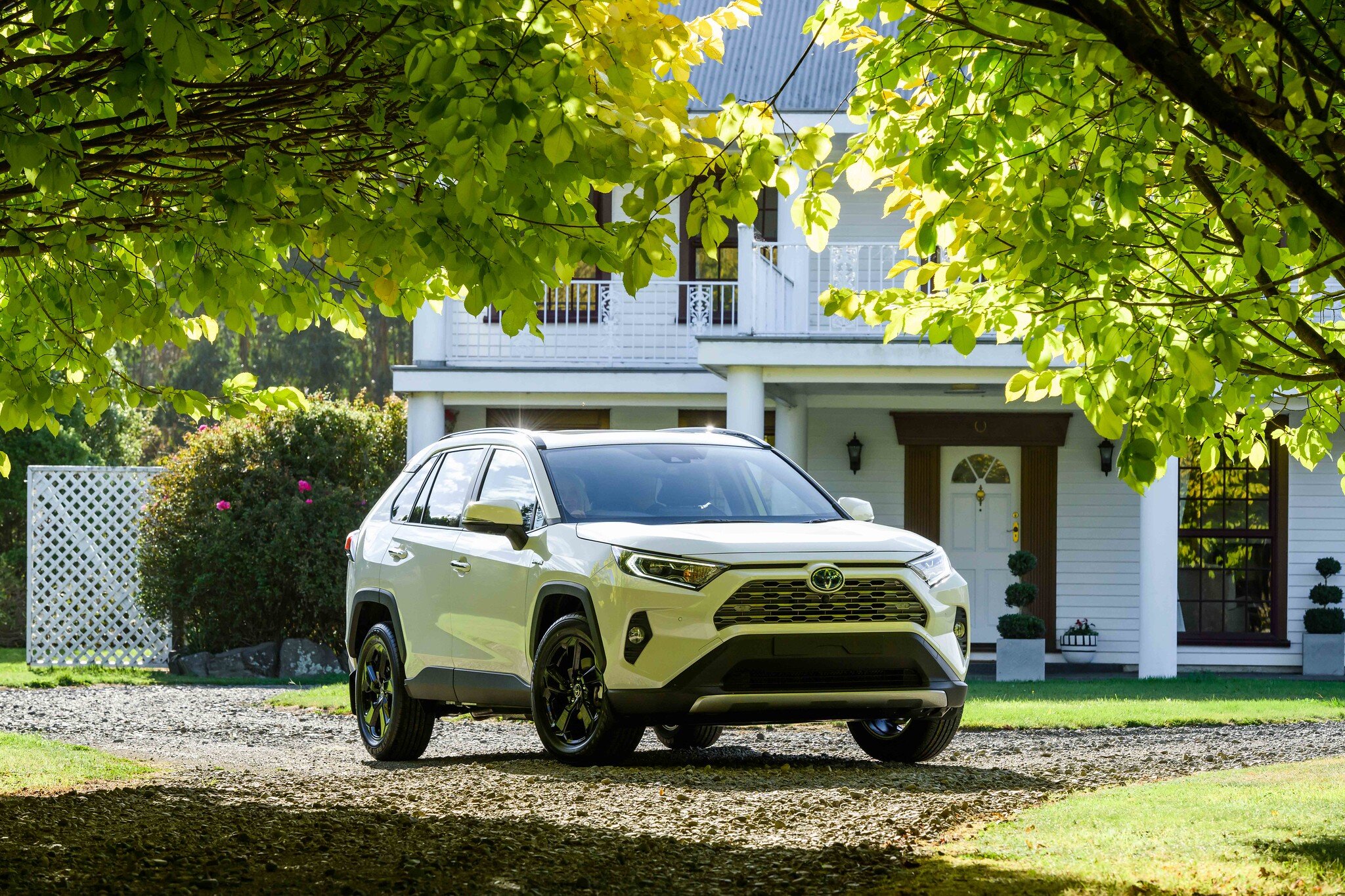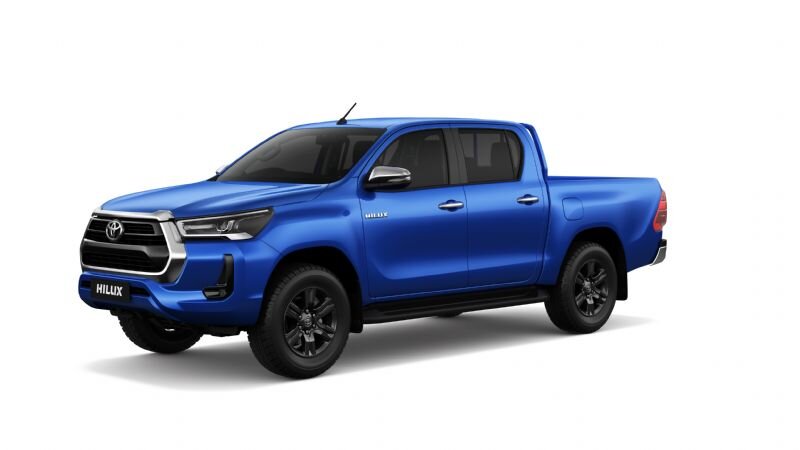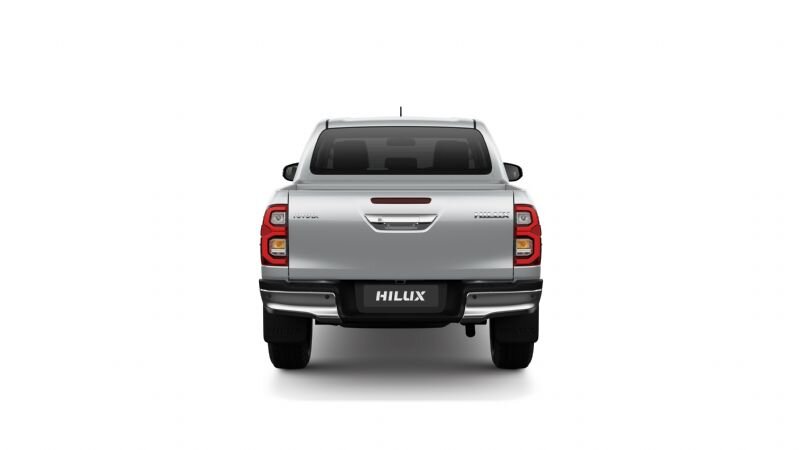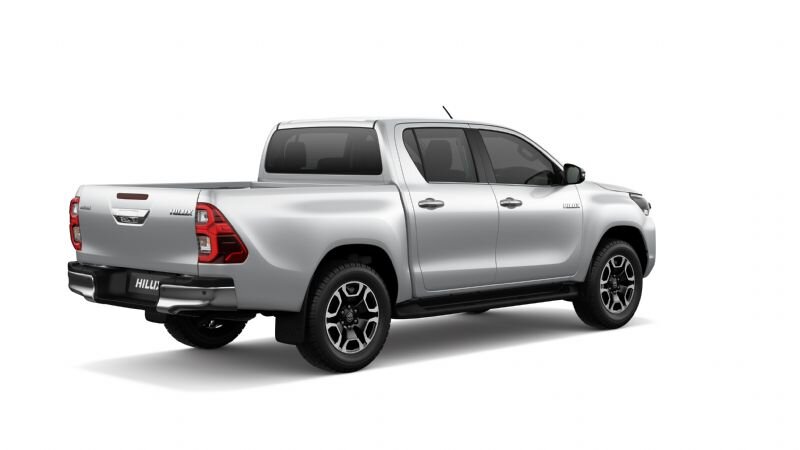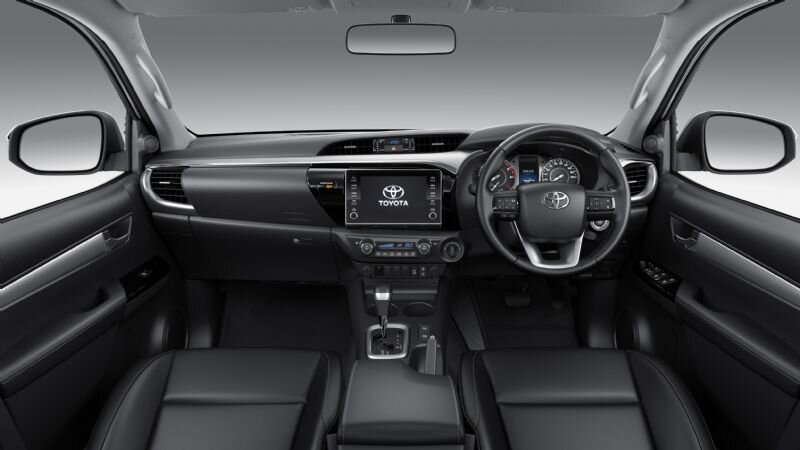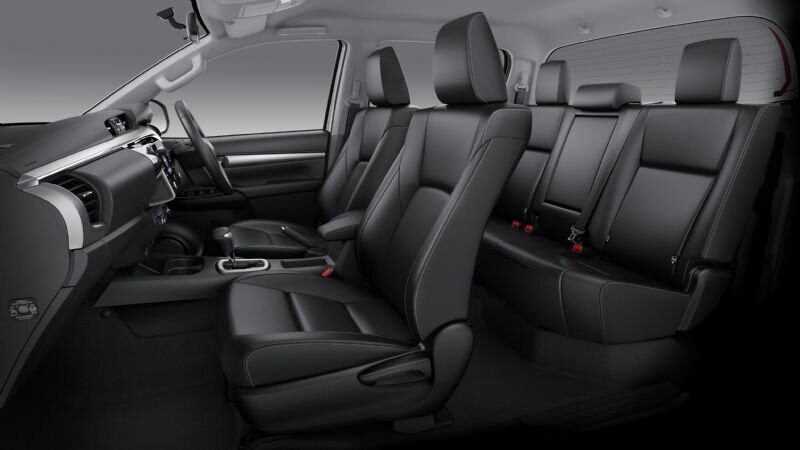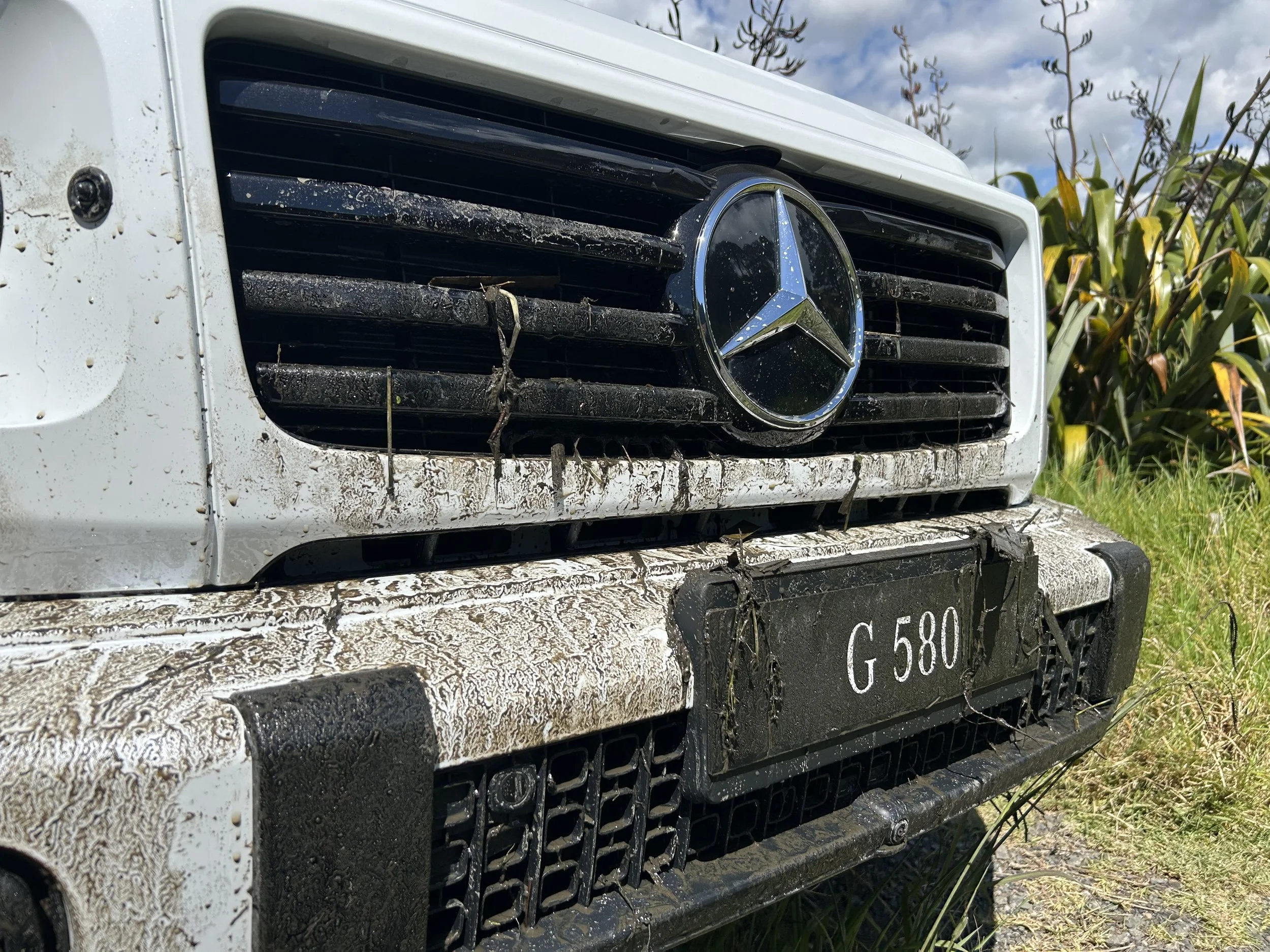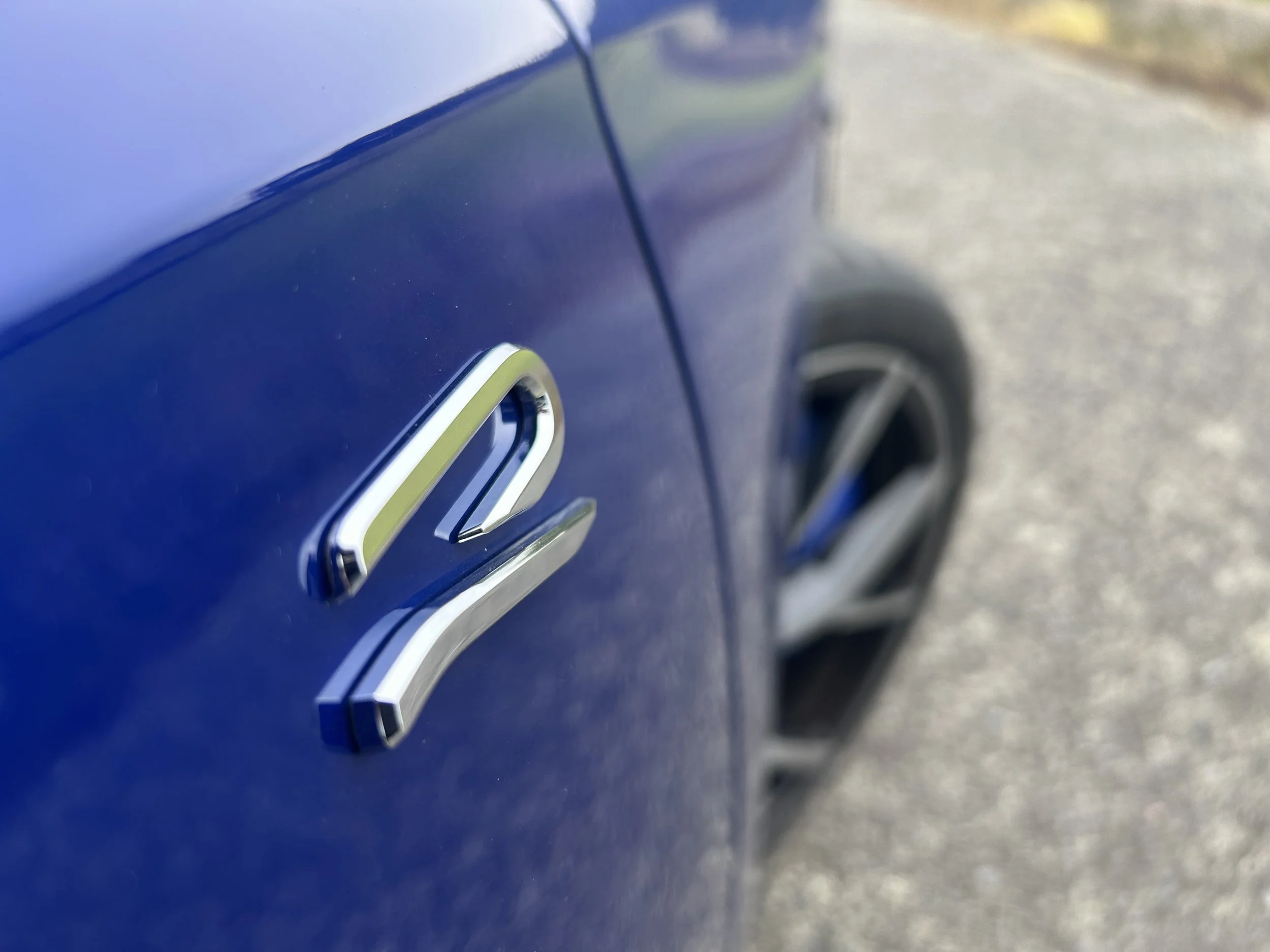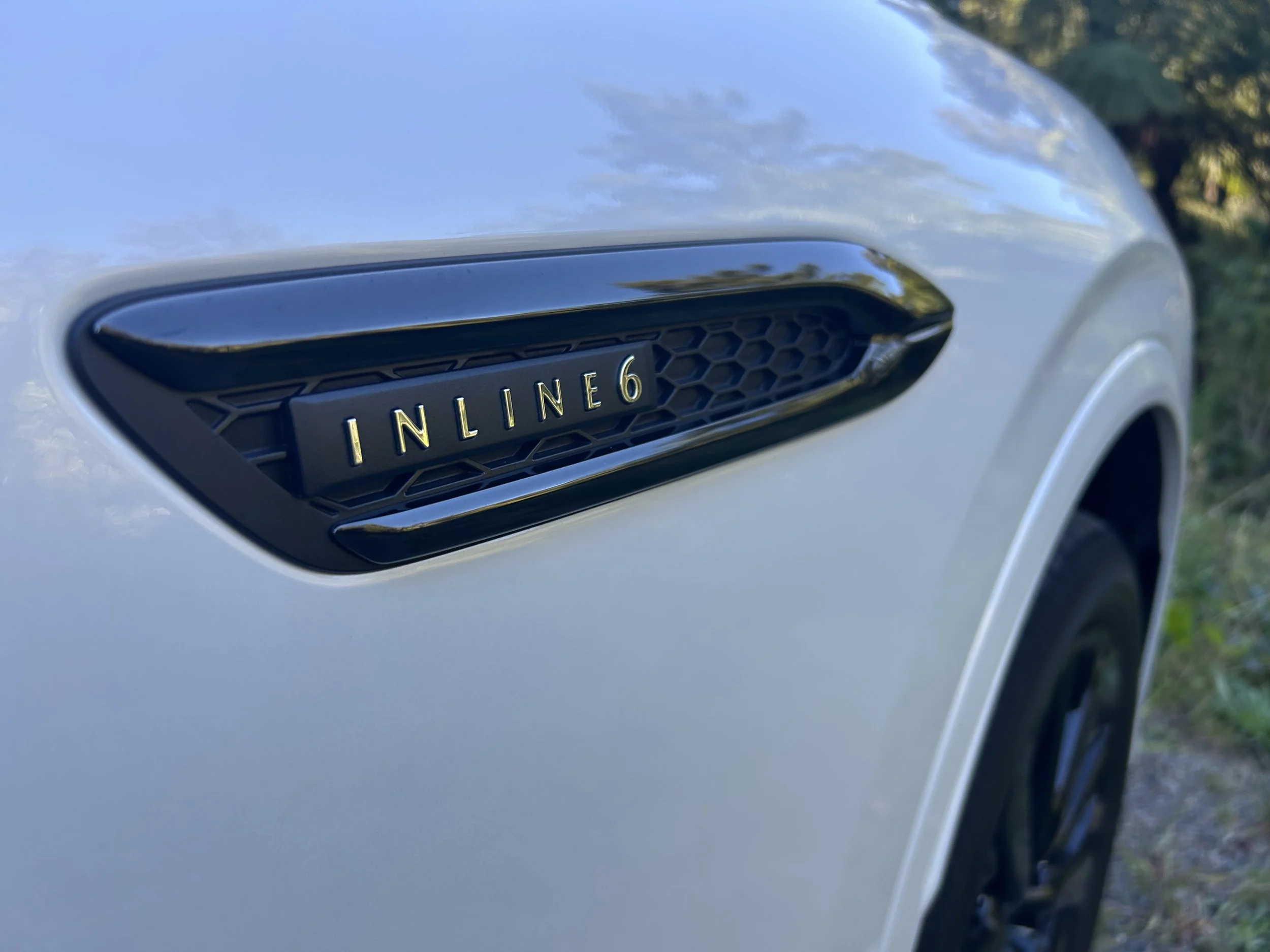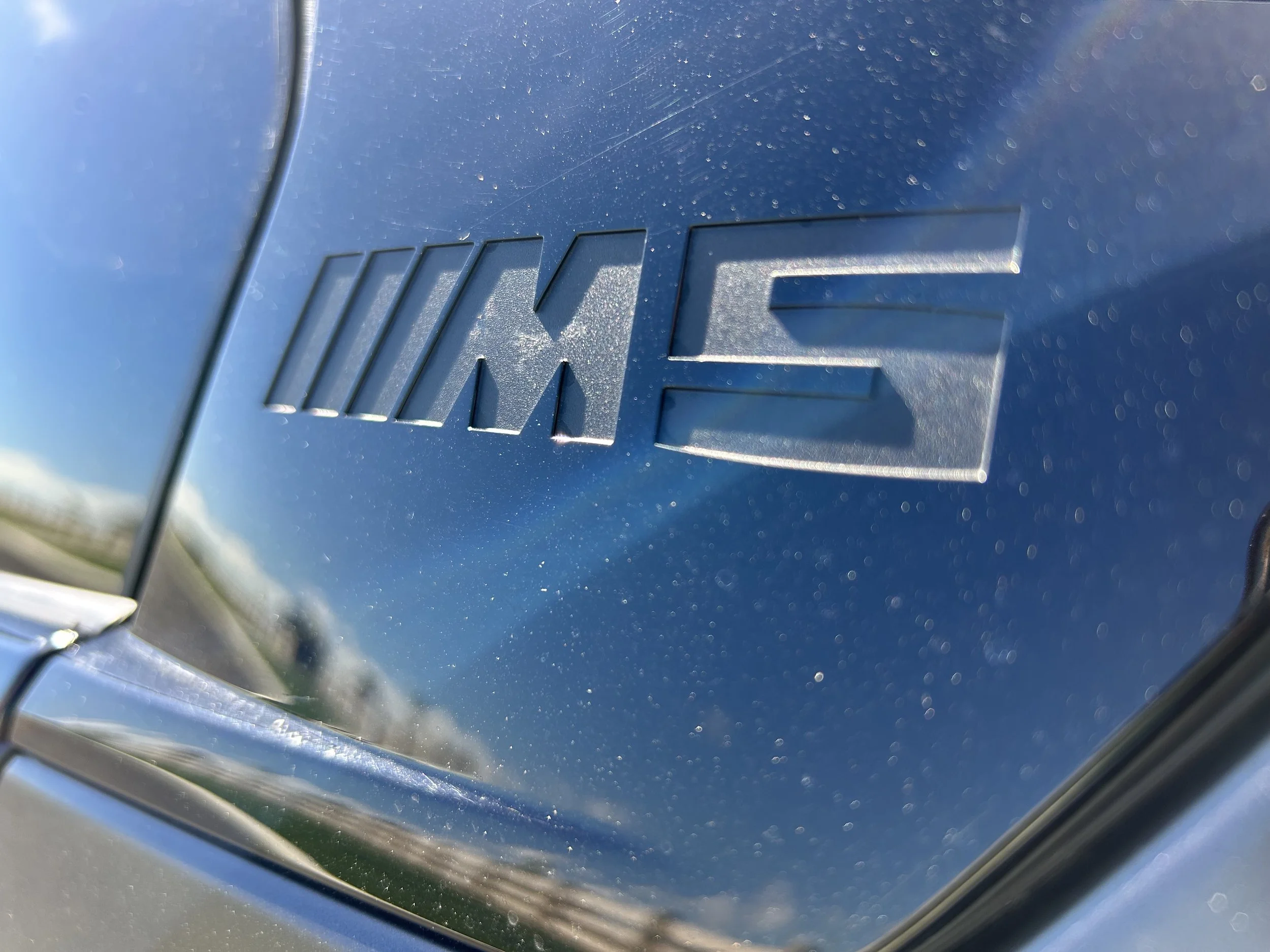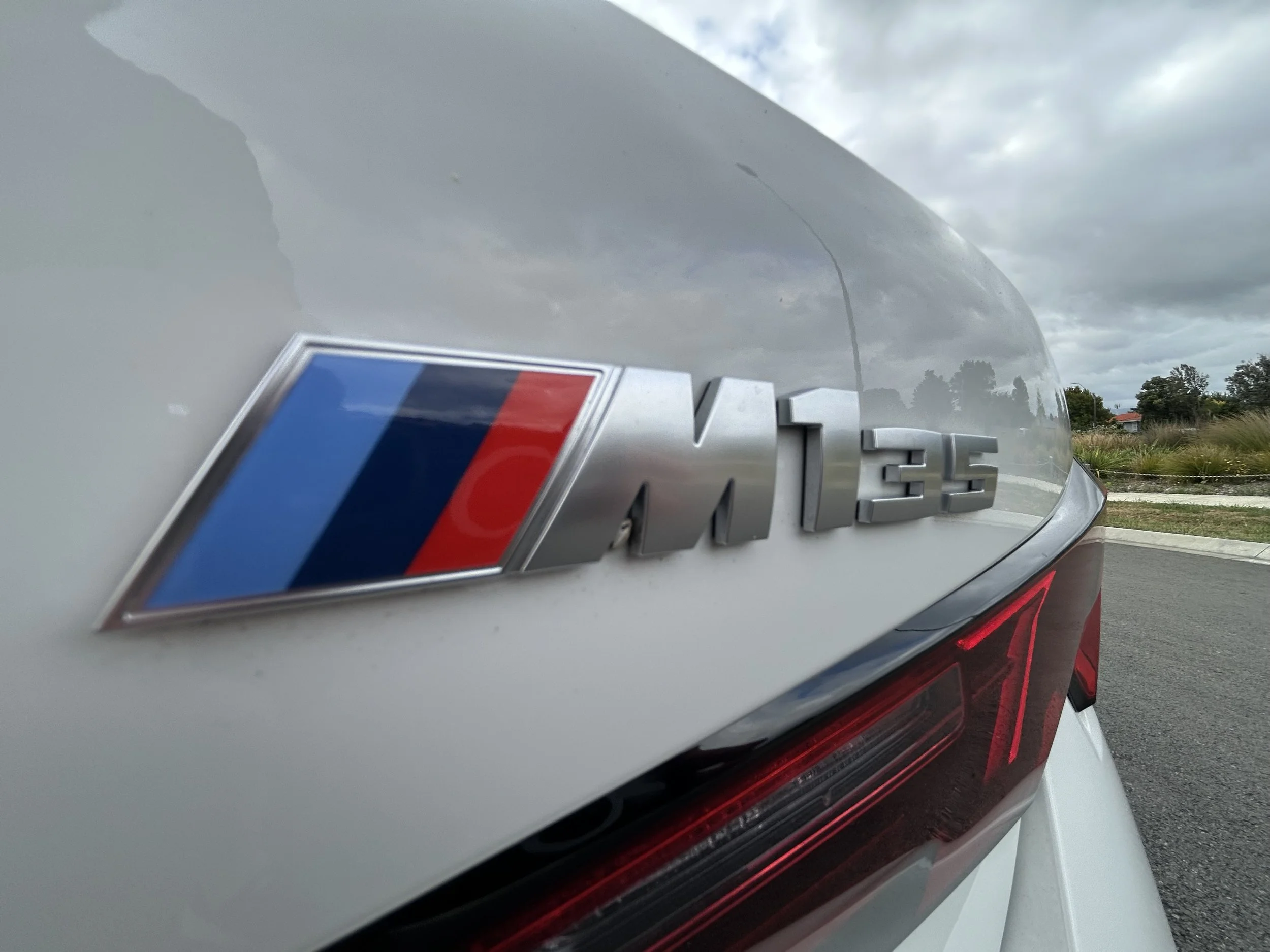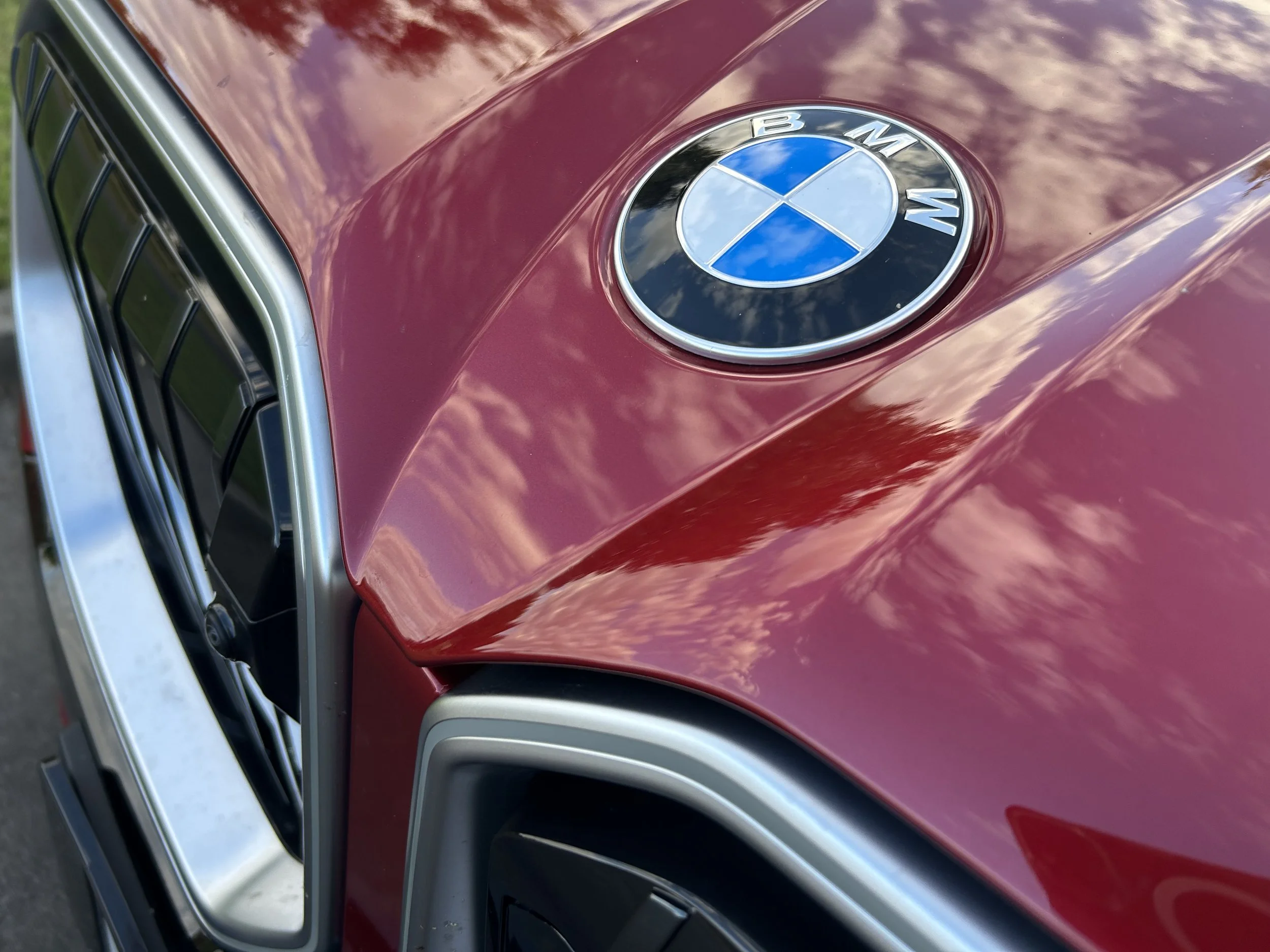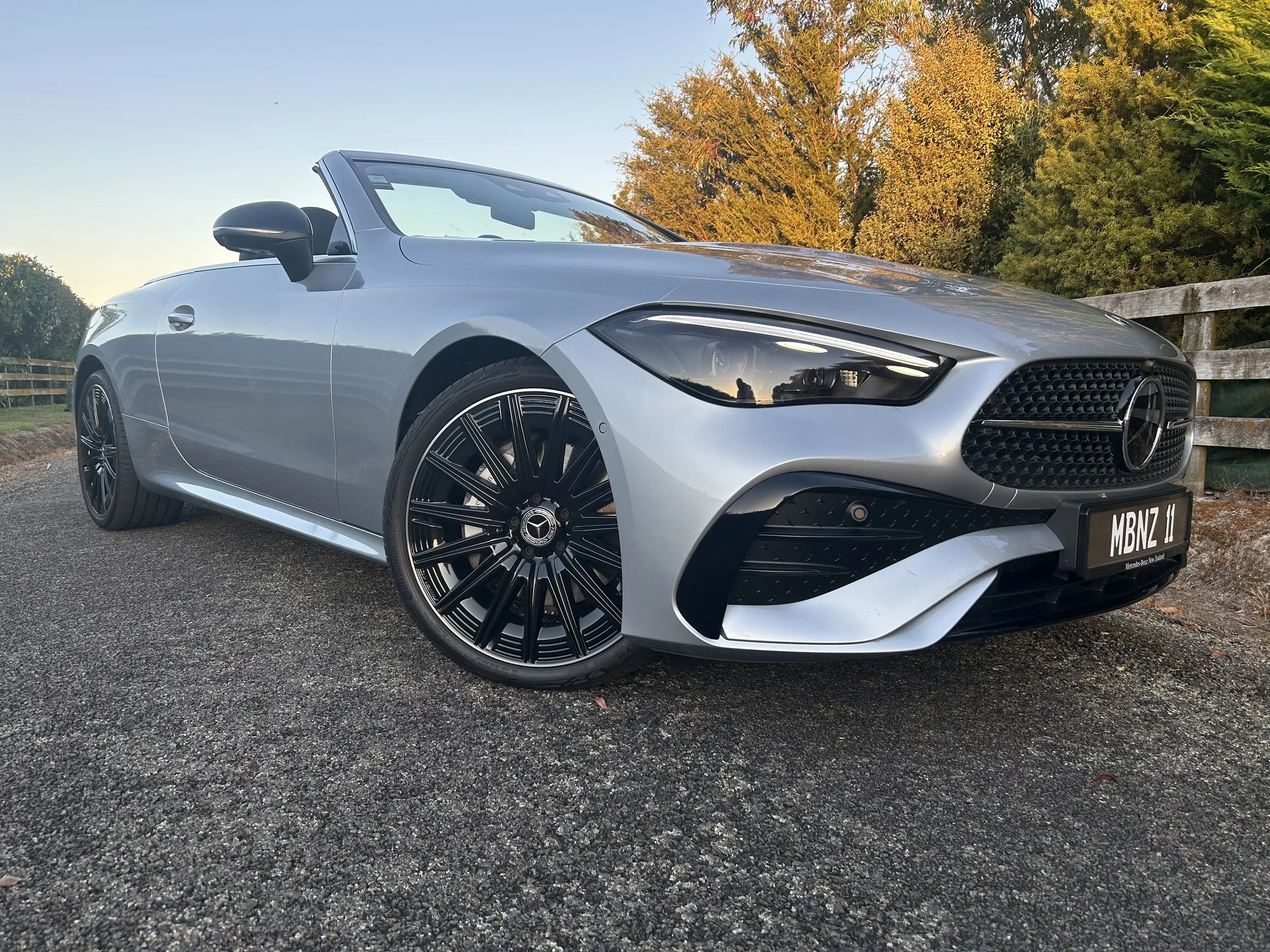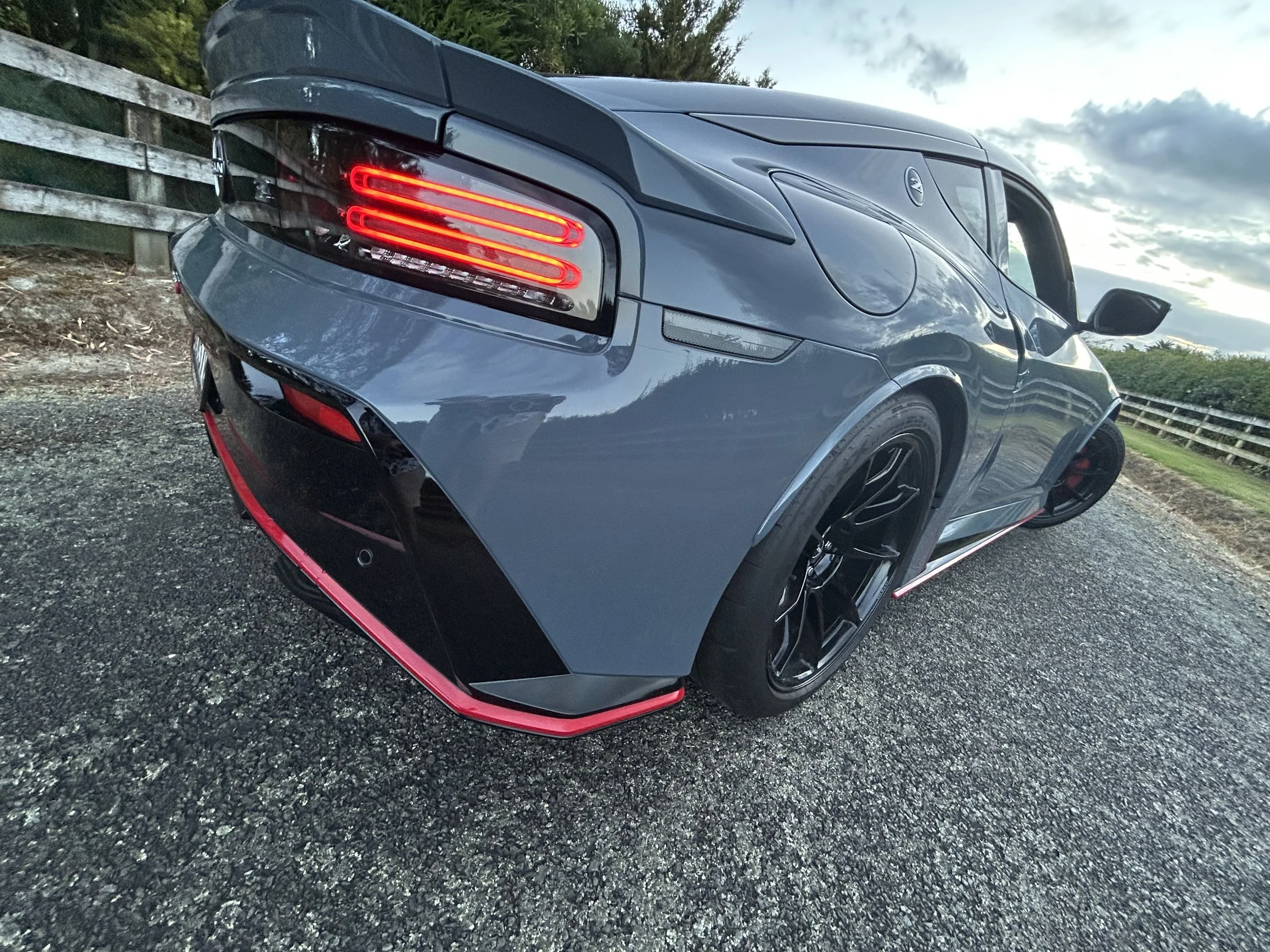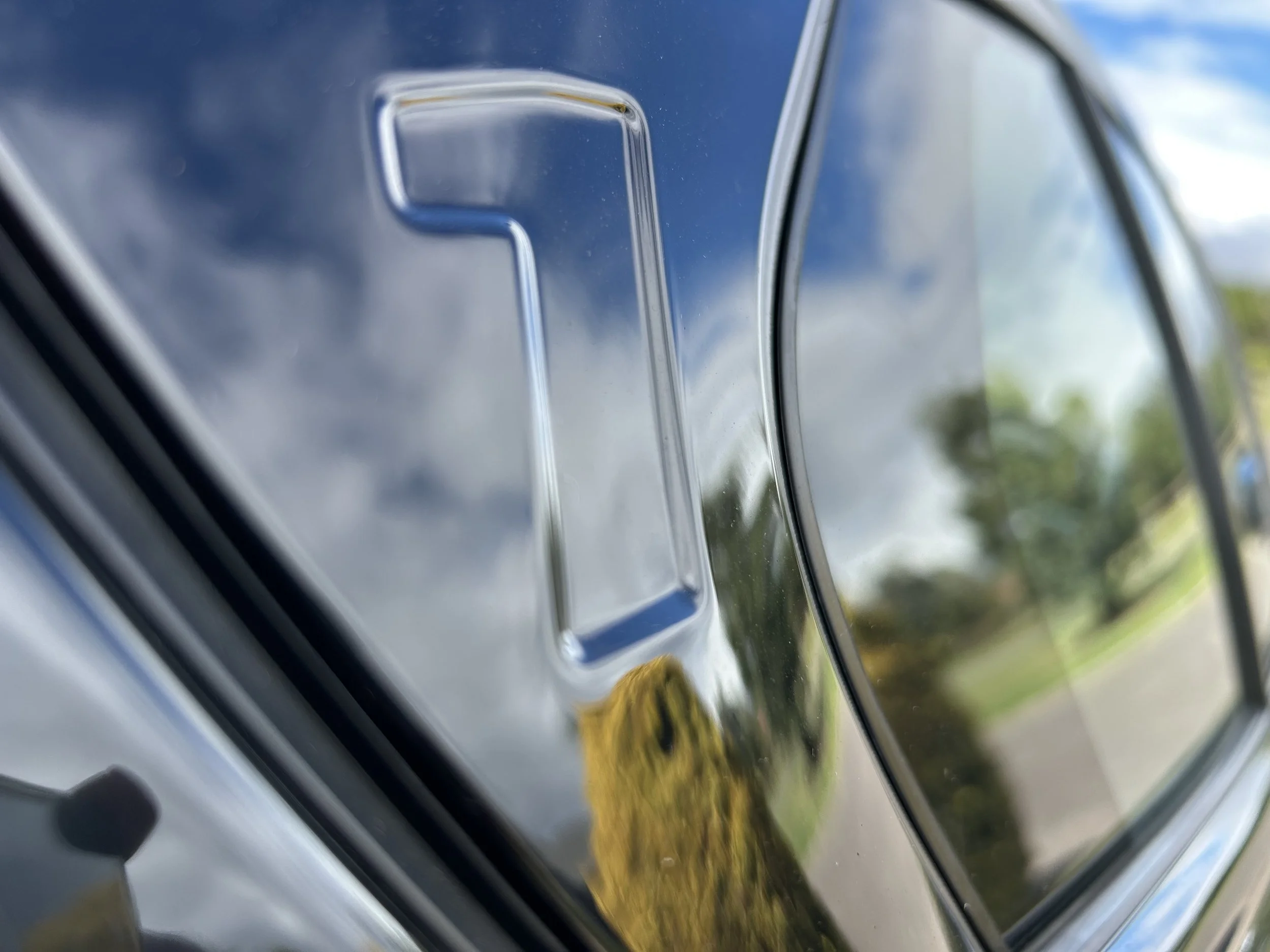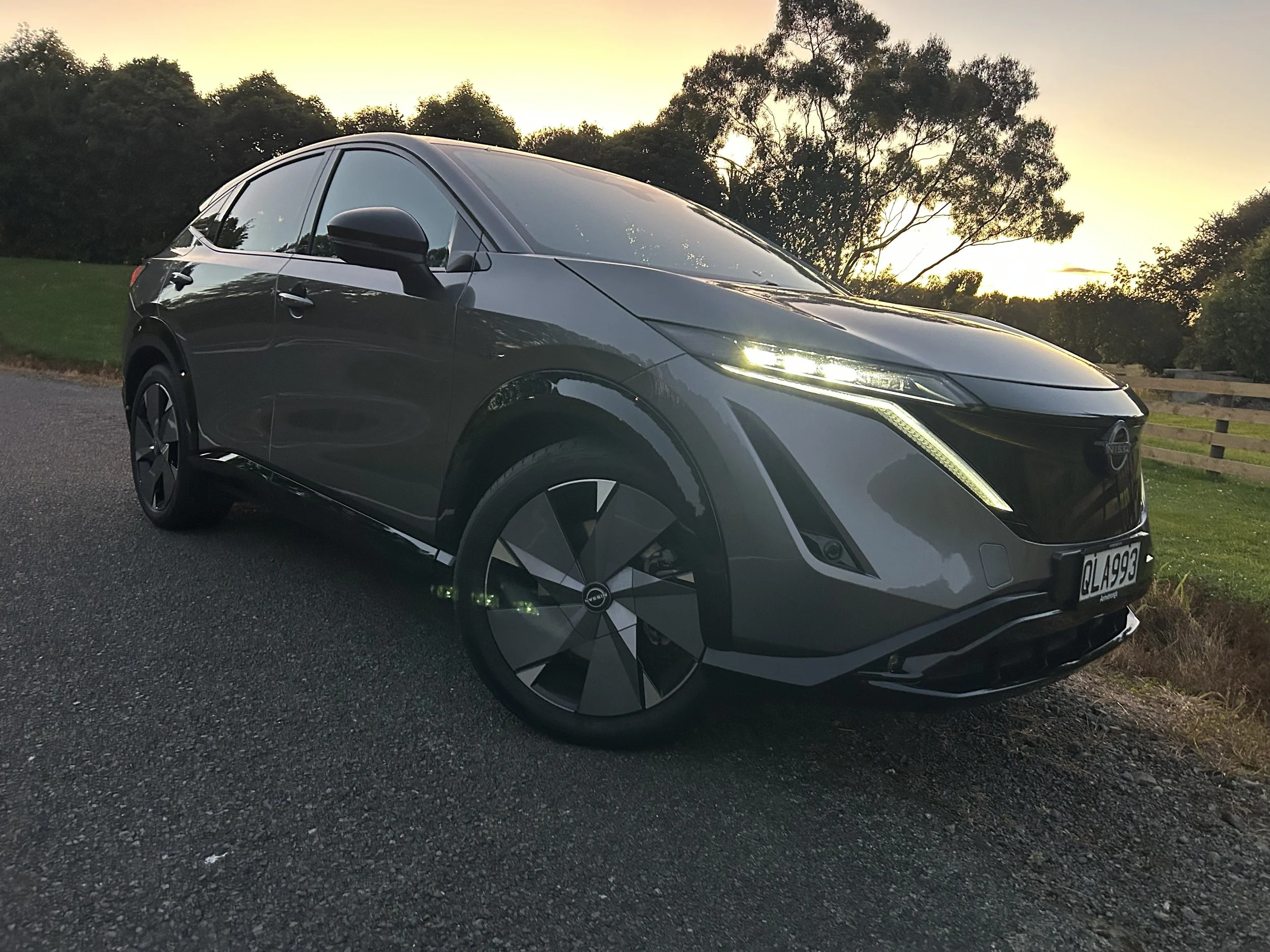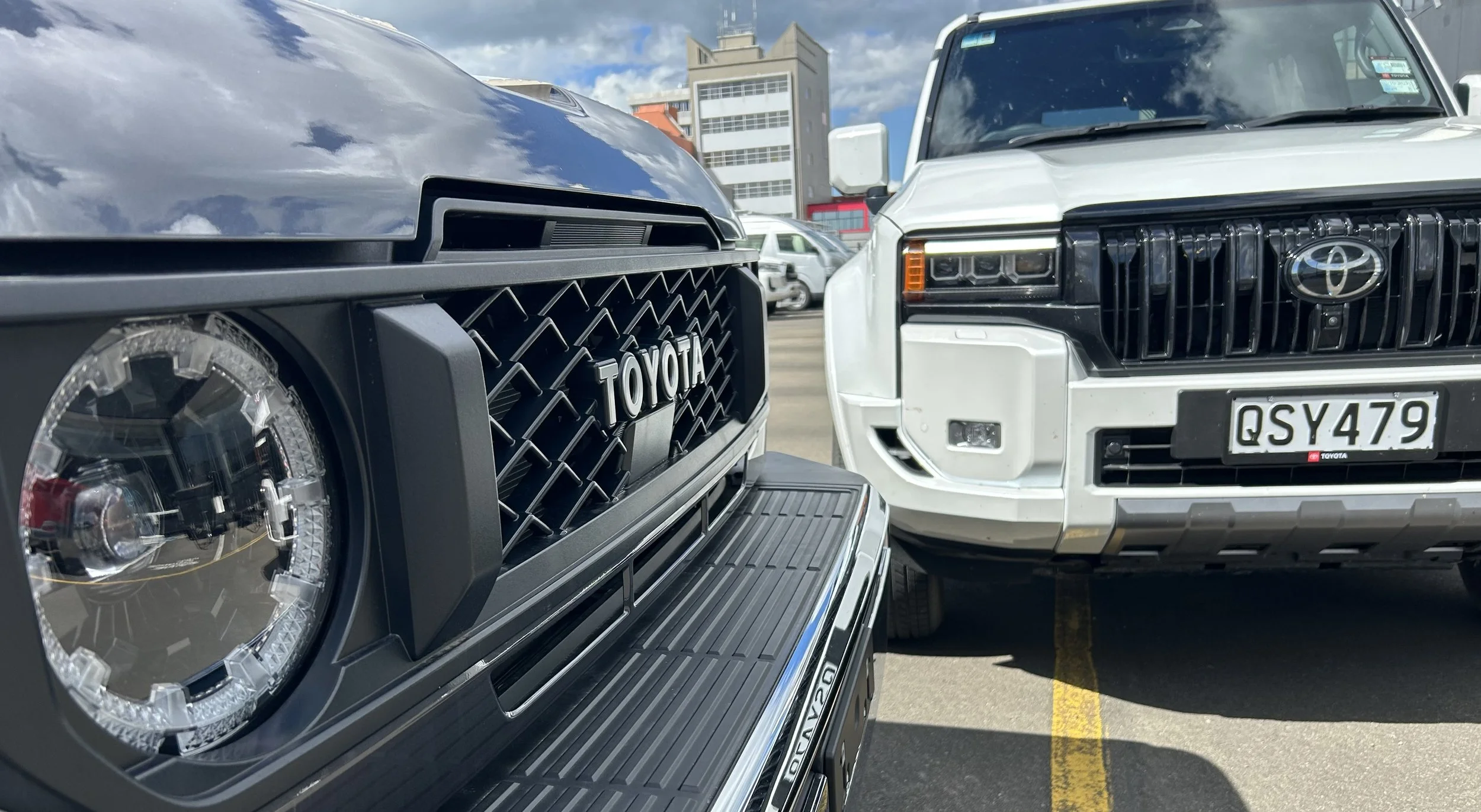D-Max joins utedom's business class
/The new D-Max is weeks from launch, but pricing is out now. We knew those extras would have to add to the bottom line, but … gosh.
TECHNOLOGY enhancements surely set to elevate Isuzu’s D-Max’s status in ute-dom have also delivered with a hefty price rise.
Announcement today of the model range and prices for an eight-strong line-up reaching the showroom next month suggests the new derivatives will cost between $8000 to $10,000 more than their equivalents in the previous range when full retails are considered, and much more if comparison is made against the old models’ runout pricing.
The cheapest incoming model, a rear-drive LX, starts at $49,990 while the flagship, called the X-Terrain, is entering the market for $75,490.
The increases were always in the wind; they’ve hit in every market where the rig sells and reflect how much change has come to the model, through its makers – not just Isuzu this time, but also Mazda – seeming to determine it’s time to create a more direct rival for the sector’s big guns, Ford Ranger and Toyota Hilux.
Yet the end cost of the effort necessitated to lift its game might nonetheless still come as a big shock to D-Max’s traditional customer base, which has been used to be spending much less.
It might also titillate Hilux and Ranger faithful, who will note that some D-Max models seem to be more expensive than comparable models in the Toyota and Ford lines.
The old D-Max at full retail was positioned between $39,890 and $61,990, but an aggressive clearance over the last few months has delivered those editions for substantially reduced stickers.
How the brand intends to argue the defence remains unknown. Isuzu Utes NZ general manager Sam Waller and public relations manager Kimberley Waters could not be reached for comment and the press information sent out today steered clear of directly addressing this issue.
The new line’s equipment provision was detailed by MotoringNZ on August 16 (https://www.motoringnz.com/news/2020/8/16/d-heading-for-a-plus?rq=d-max).
Our story then suggested that this model and the Mazda BT-50 that derives from it are set to deliver enough advanced safety and technology to reset market expectations.
That has been further reinforced by today’s release of information that confirms that every single model in the incoming range – including the three LX tradie versions that arrive in singe, space and double cab configurations, in manual and auto and two and four-wheel-drive formats –will deliver with an advanced safety package, including class-first advances of perimeter sensing technology and a centre airbag.
Other improvements to the entry derivatives include a seven inch touchscreen with wireless Apple CarPlay and Android Auto, automatic lights and wipers and adaptive cruise control for automatic models.
The next level is the LS-M, which avails in double cab 4WD with automatic or manual transmissions. It adds to the LX provision by implementing LED head lights with LED daytime running lights, a plusher trim. It rides on 17 inch alloys.
The LS line above this goes to a nine inch touchscreen with satellite navigation, Apple CarPlay and Android Auto, dual-zone climate air-conditioning, rear parking sensors. This edition runs on 18 inch alloys.
The top rung of the ladder is occupied by X-Terrain, which purely formats in an automatic double cab four-wheel-drive configuration.
In addition to the active safety technology of the other variants, it includes a powered driver seat, leather trim, a smart proximity key with remote engine start, front and rear parking sensors, wheel arch extensions and gun-metal exterior highlights (wheels, grille, mirror caps, door handles and roof rails) as well as a matte black roller tonneau cover and under-rail tray liner.
This D-Max is a co-production with Mazda, whose own BT-50 version is also coming to NZ this year, though release details have yet to be divulged.




